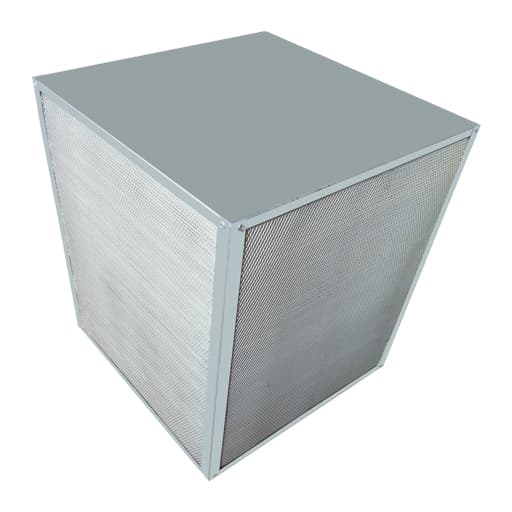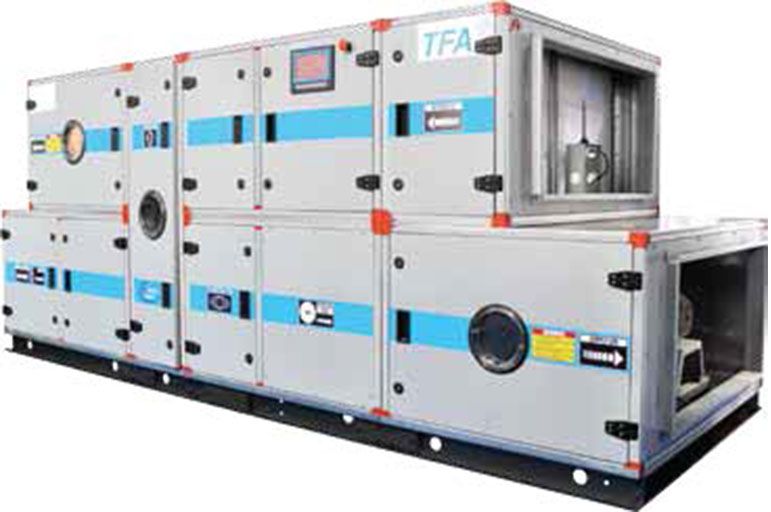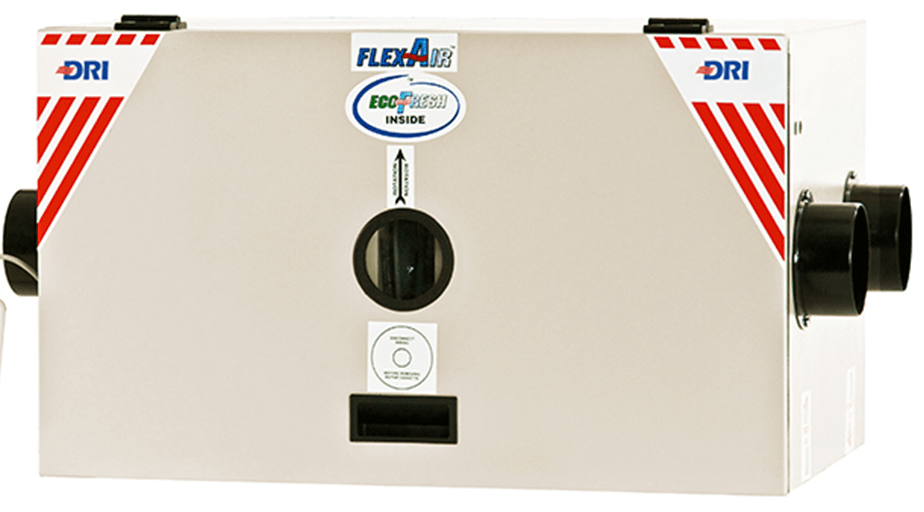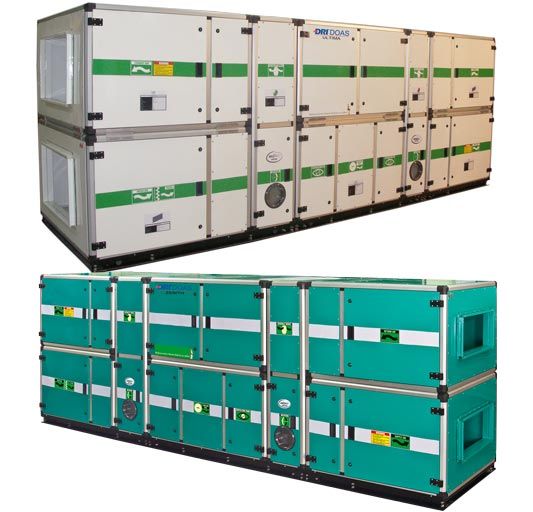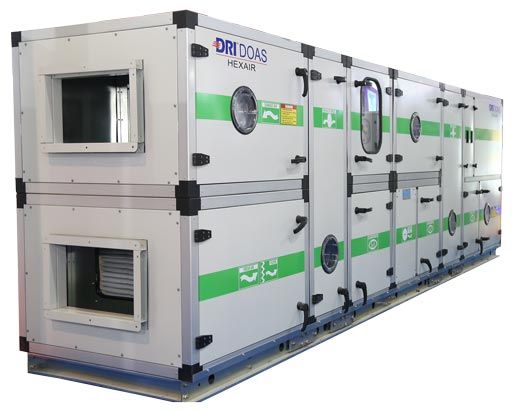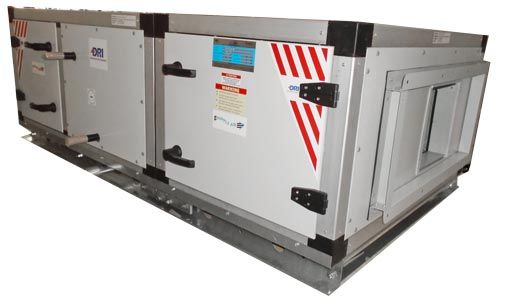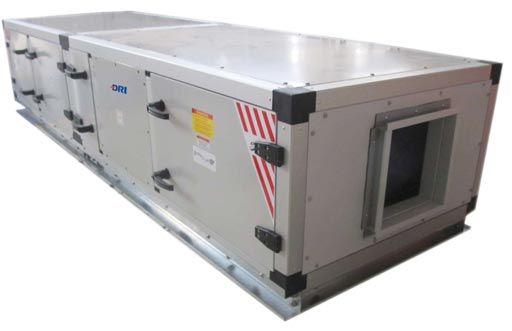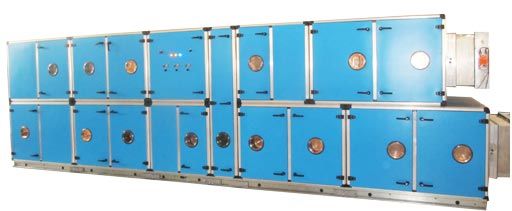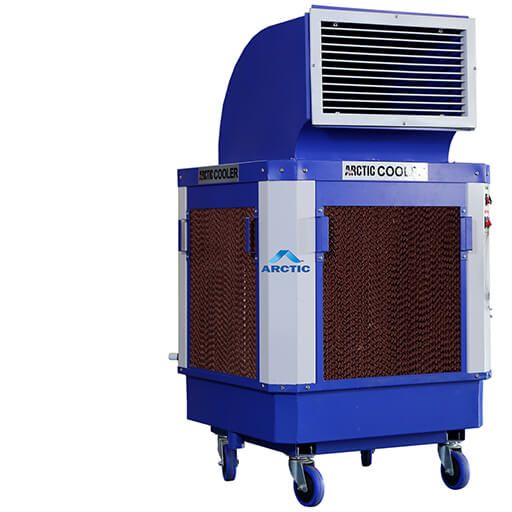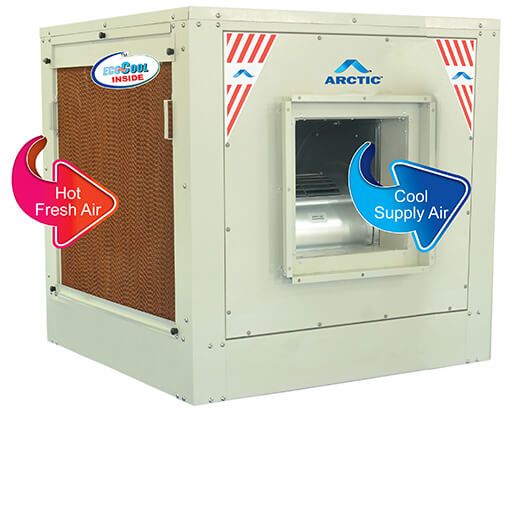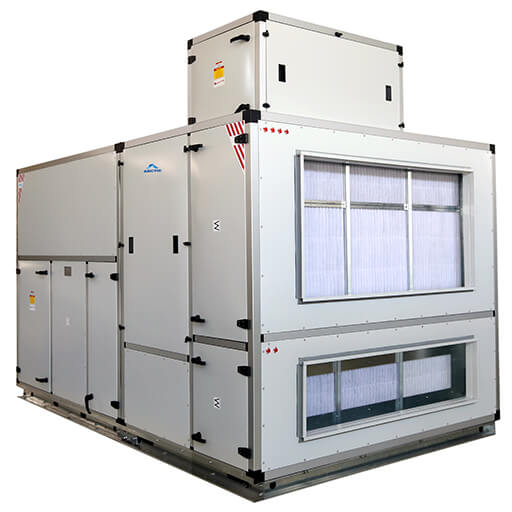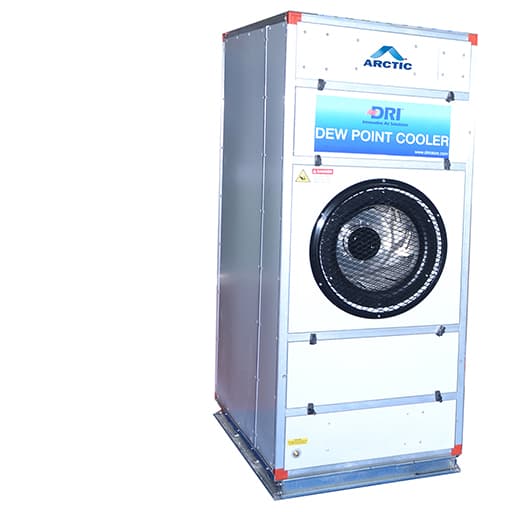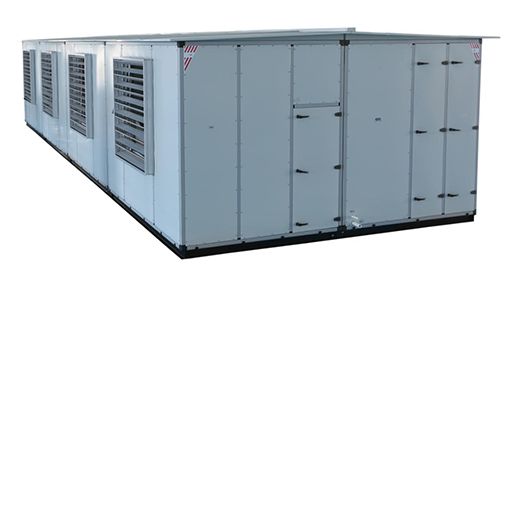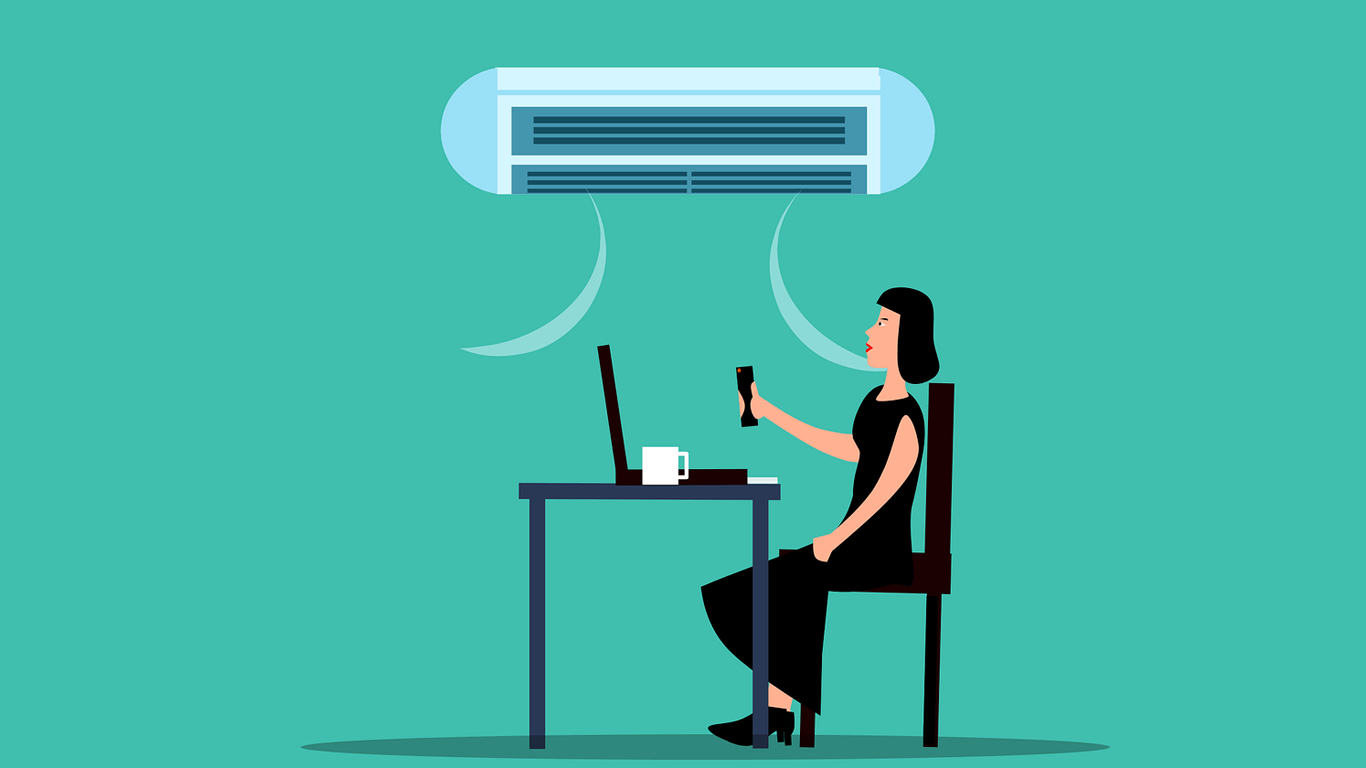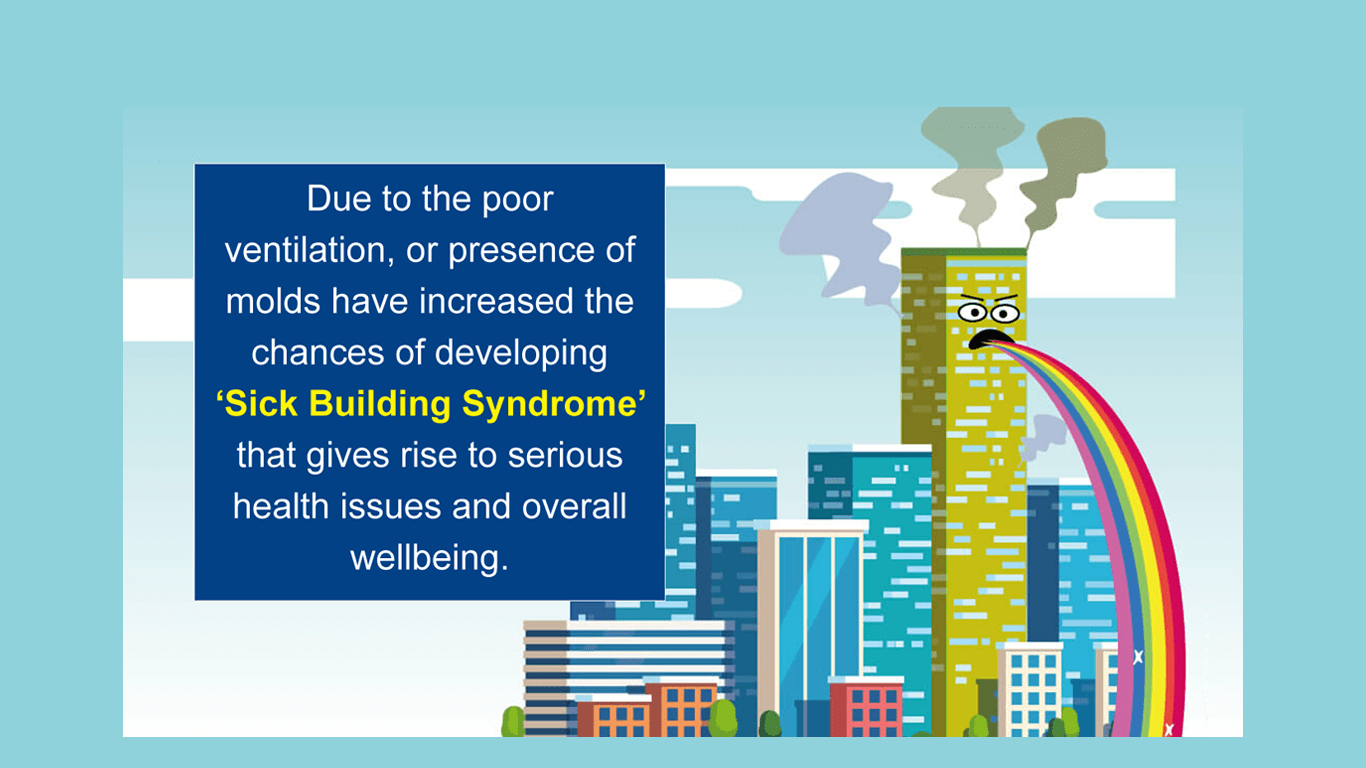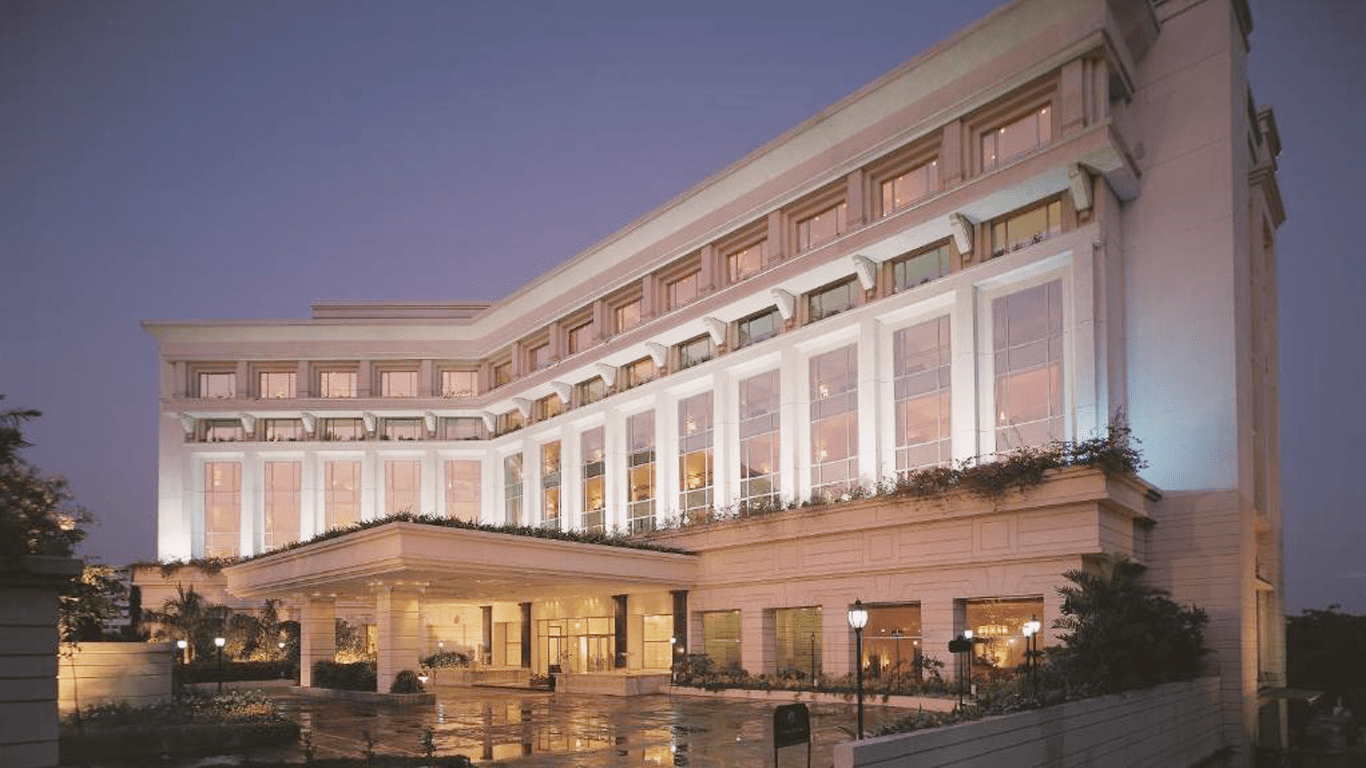By Debashish Roy Choudhury AVP, ARCTIC Division, DRI | Added 29 July 2022
Industrial Evaporative Cooling emerges as the most suitable option for providing cooling solutions in a factory
Evaporative Cooling is highly preferred by the factory settings for its economical cooling solutions. Considering that factories are involved in the mass manufacturing of products, they inherently encompass large space. It is coupled with complex structures for allowing the critical processes within the premises. Factories are home to heavy machines for carrying out all the critical processes like design specification, parts assemblage, raw materials processing, and execution of various crucial processes. Consequently, a lot of heat is generated within the premises which can have a damaging effect on the quality of the end product. Along with this, heat creates an uncomfortable environment leaving unsuitable conditions for work.
This highly meddles with the productivity of employees as heat leads to discomfort among them accounting for reduced accuracy. Given that cooling such a large space becomes tricky, the owners/ managers are always on the lookout for a comprehensive cost-effective cooling solution that accommodates the various aspects of a factory setting. It is very important to control the high temperatures as it can also damage the equipment over a period of time. But opting for an air conditioning system is a highly expensive option. It involves a lot of challenges to install a large number of systems which only gets compounded with the high installation, operational, and maintenance costs levied on the company.
Hence, depending on the natural resources, evaporative cooling considerably brings down the running cost of the cooler. Moreover, the high saturation efficiency of the machine backed up with self-supporting, and highly adsorbent materials further reduces the load on the cooling capacity of the system. All the factors together reduce the power required by the fan which achieves the same level of cooling at par with the air conditioning system. Cumulatively, there is 80 percent less electricity consumption when compared to air conditioners. Therefore, the entire efficiency of the evaporative cooling solution drastically brings down the operational cost where the installation cost requires almost negligible investment when compared to the other alternatives present in the market.
Owing to its wide gamut of benefits, the innovative cooling solution finds application in a number of industries ranging from automotive, food, engineering, textile, plastics, and many more. Given the cool comfortable working conditions, it escalates the attention span and hence the accuracy of the employees. Additionally, it also reduces the risk of illness arising from the poor air quality within the space. Hence, evaporative cooling is the most ideal and economical solution for the factory setup. Scaling the efficiency brand like ARCTIC comes with a deep understanding and expertise in duct designing, specially designed cooling pads, exhaust design systems for stale hot air displacement, and allowing cool fresh air to be introduced effectively and economically. (The author is AVP, ARCTIC Division, DRI)






